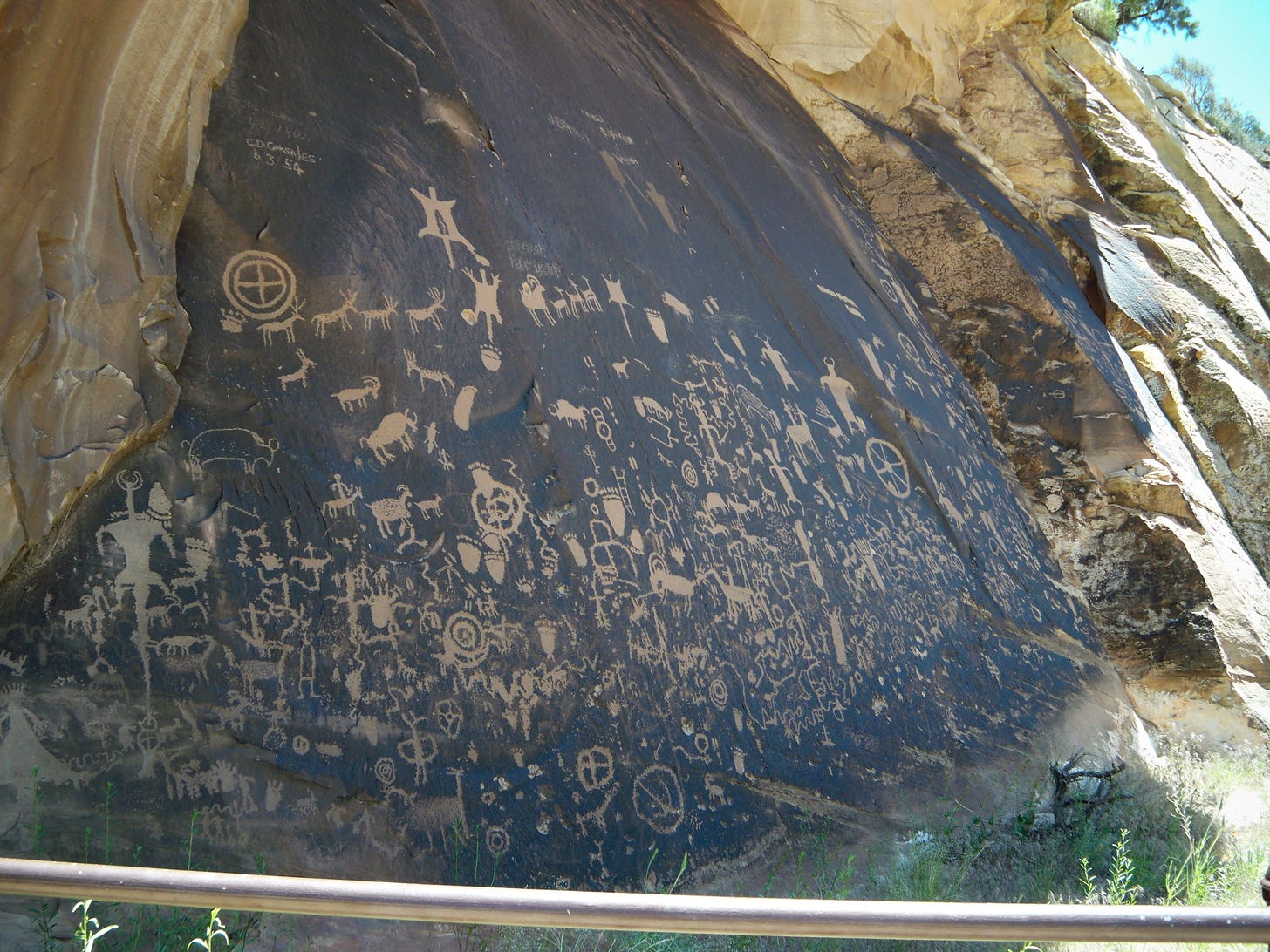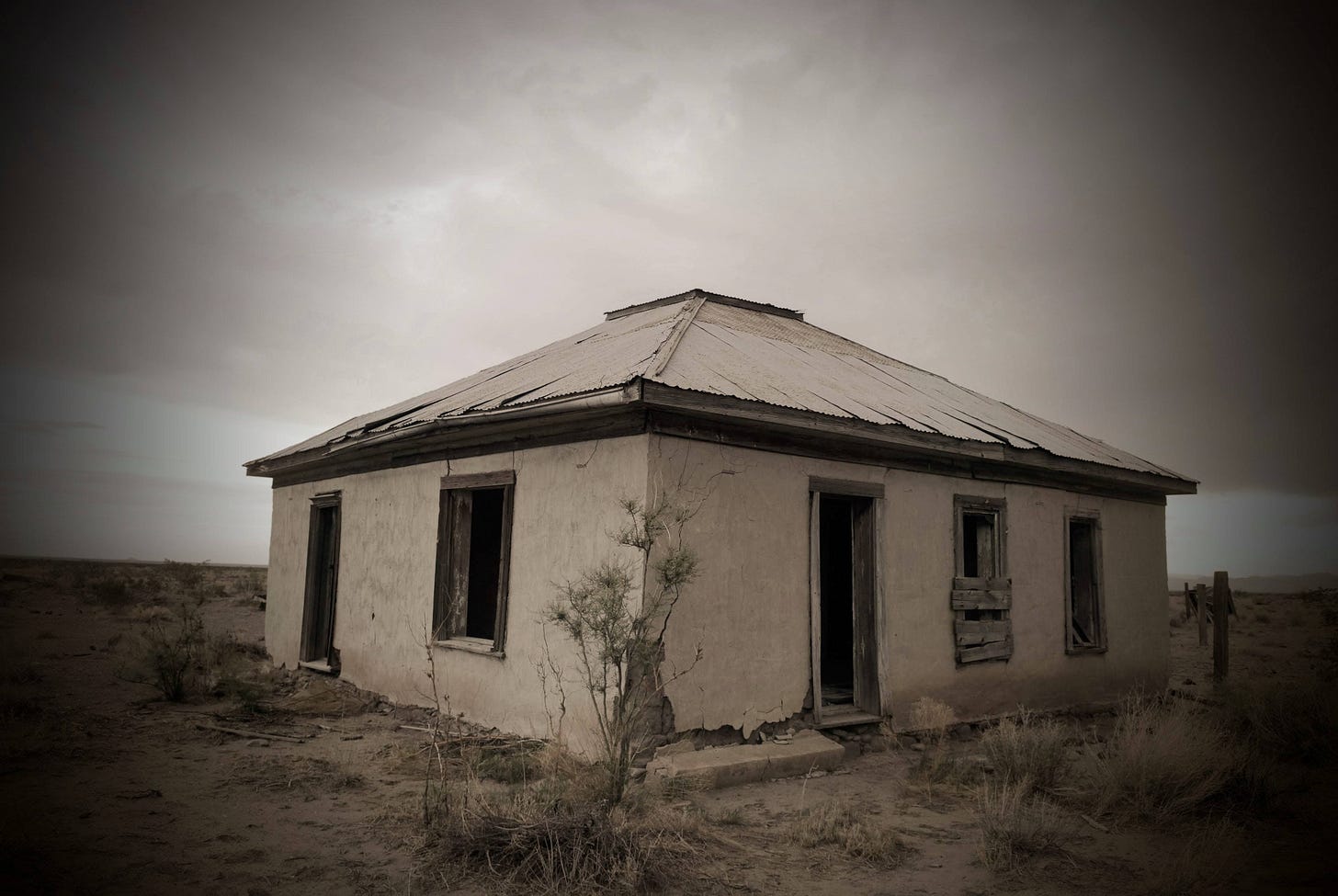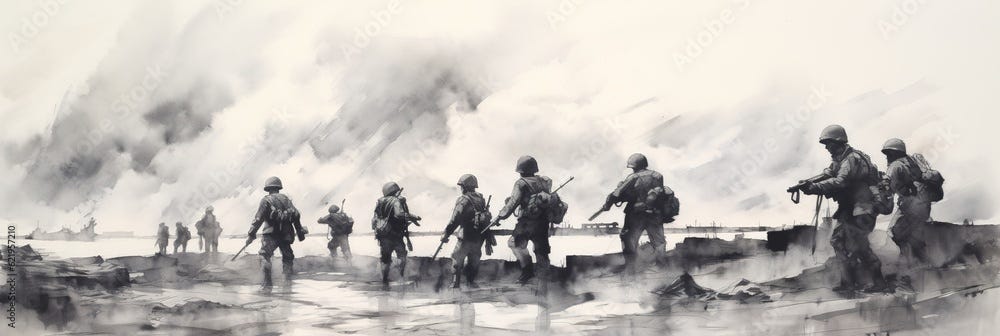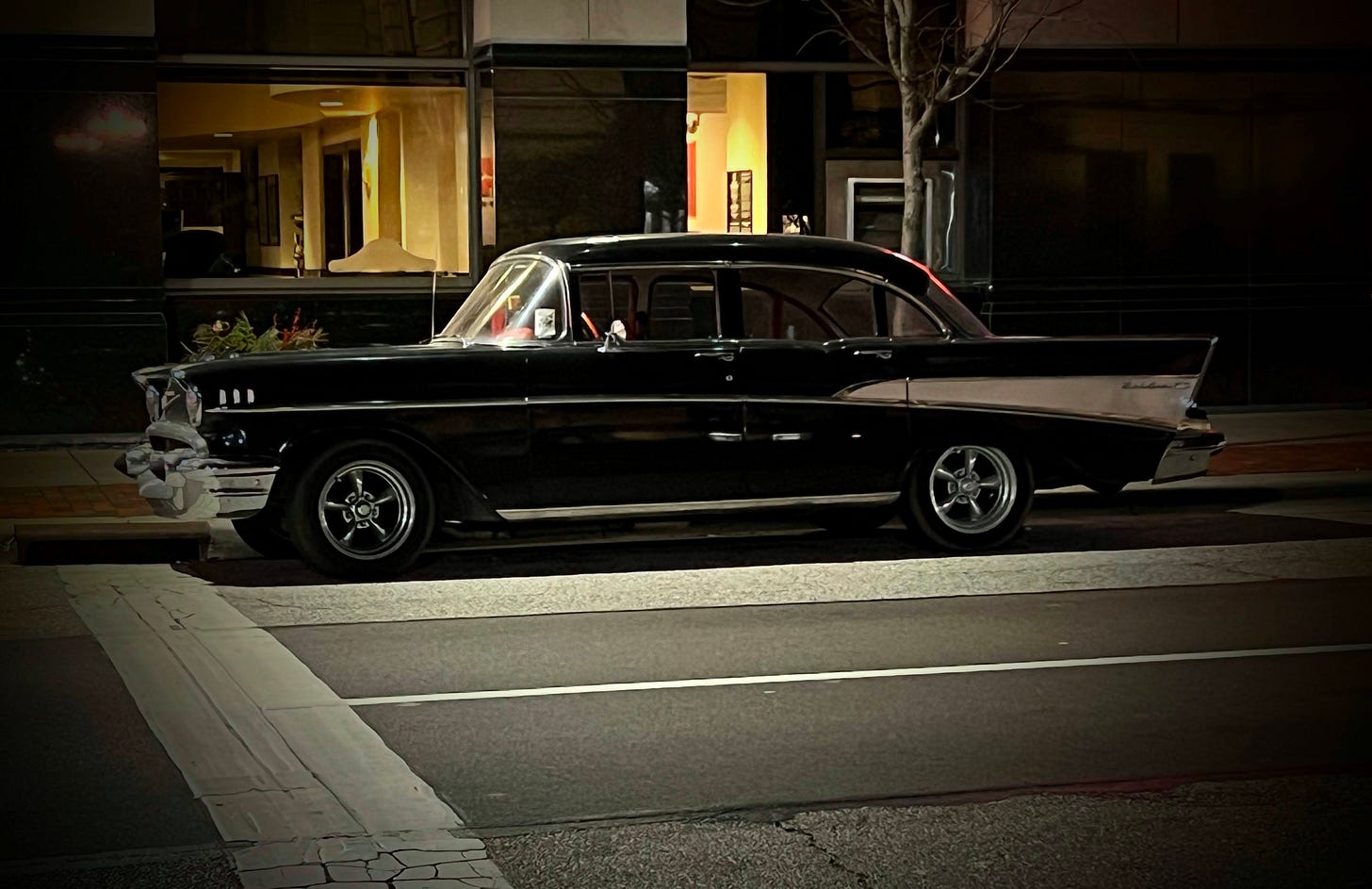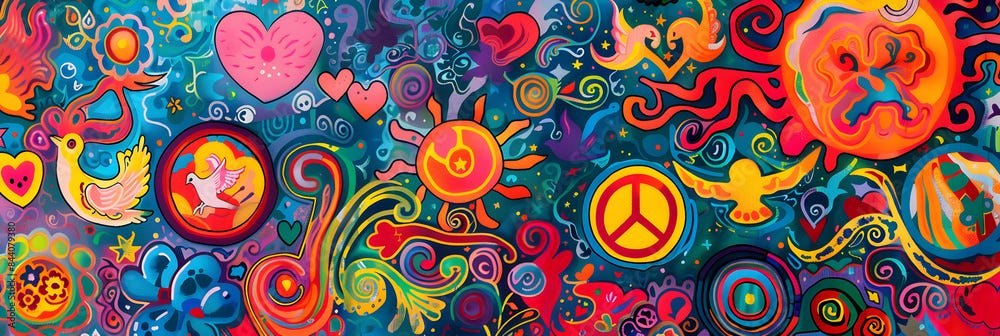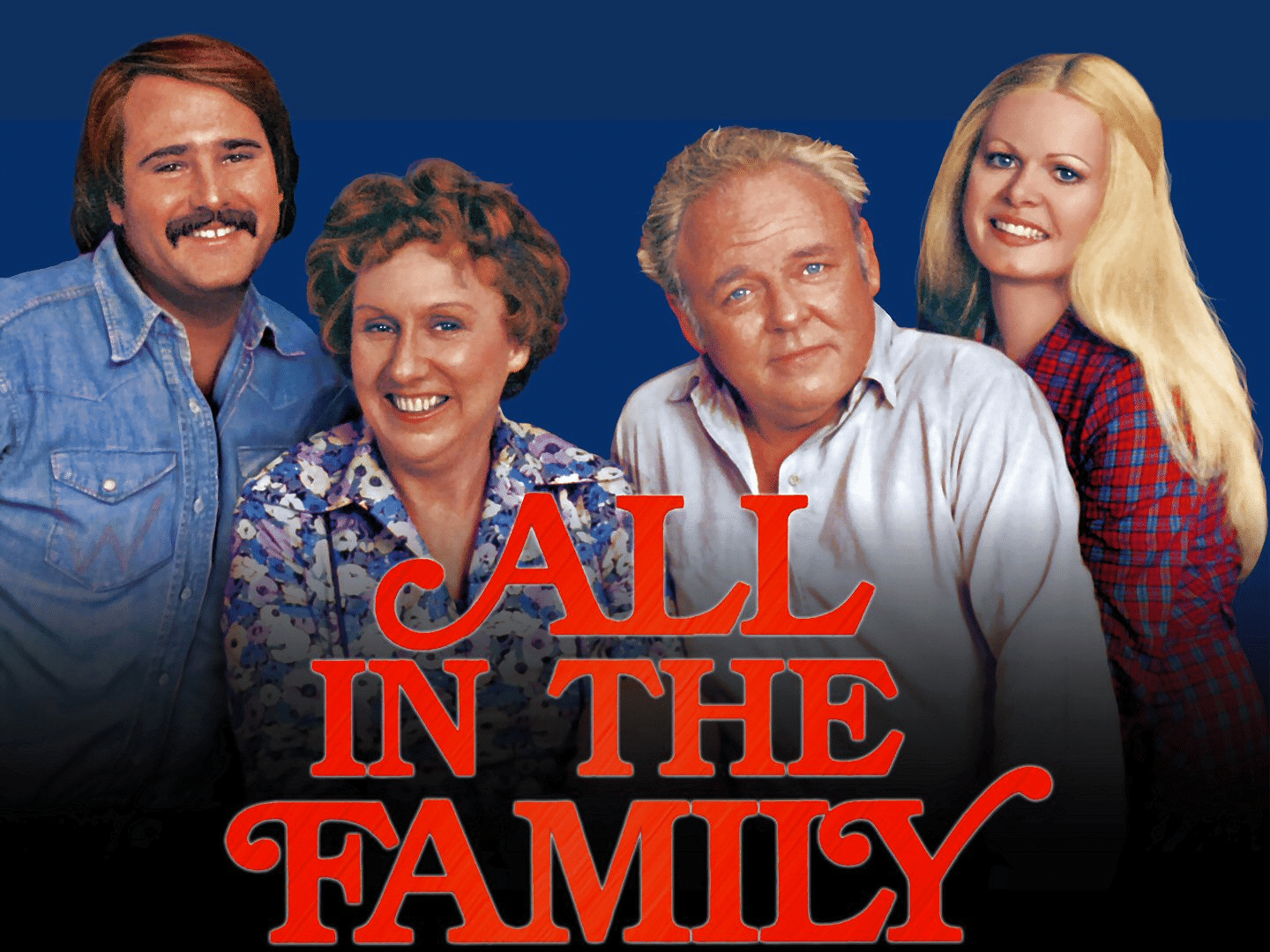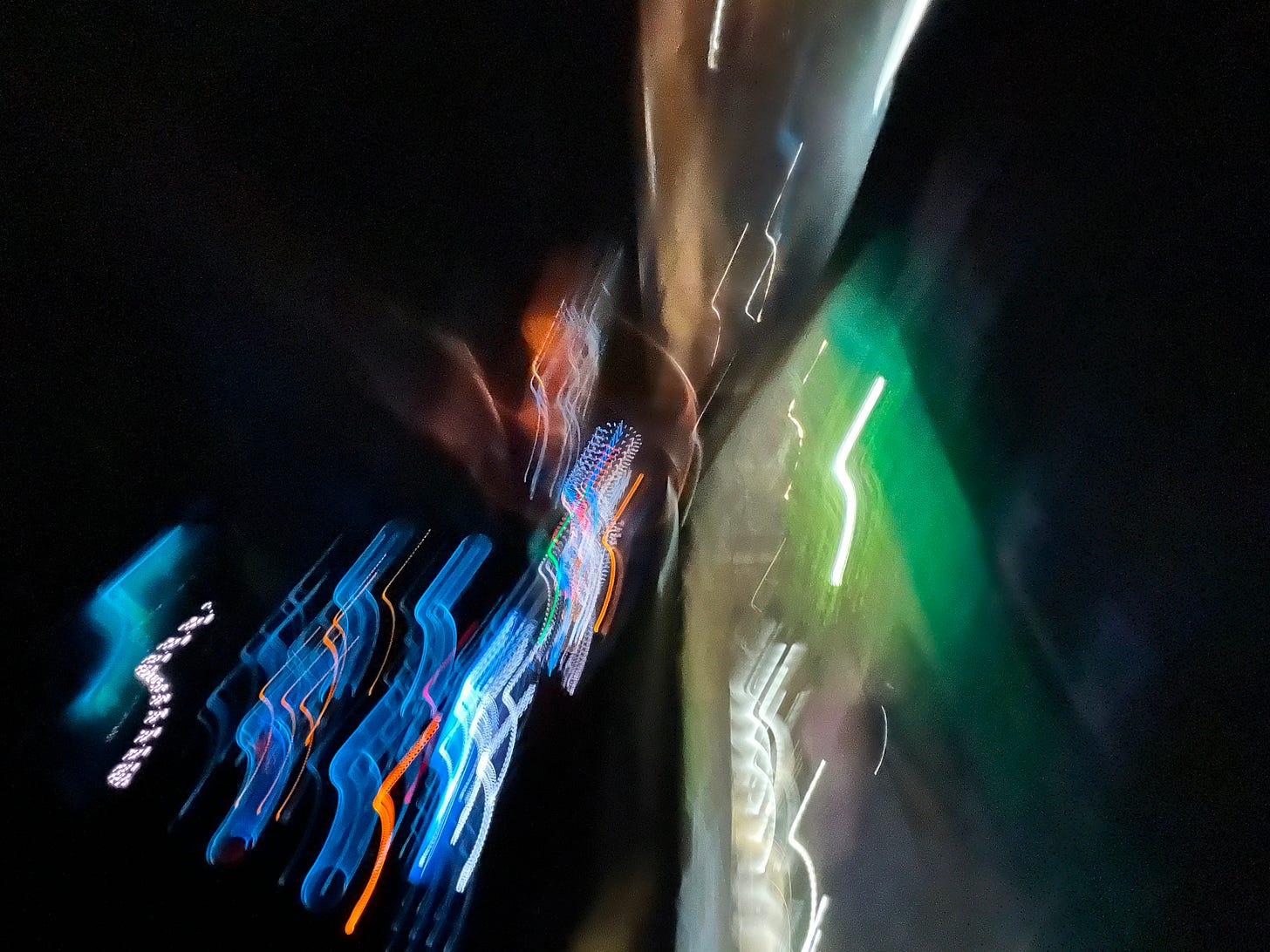
Fiddlesticks. Where in the heck did that word come from? What does it mean? Does it mean the same thing today as when it first popped into our language? And why don’t you hear people saying it these days—unless they’re, well… let’s just say “seasoned”?
There are other delightful oddballs like galoot, collywobbles, and glad rags—prime specimens of slang in all its glory. I’ll get into what slang really is, and then we’ll take a romp through some of the best (and weirdest) slang words and phrases you may—or may not—have ever slung around yourself. But before we head down that rabbit hole, let’s take a quick peek at the big picture: language itself—the proud parent of slang.
Language consists of spoken, manual, or written symbols to convey meaning and to express ourselves. You could let out a gut-wrenching roar to express anger. While that roar gets the point across, we have evolved ways to be more specific in expressing our anger. Language helps us be more specific with our anger—often with four-letter words (you know the ones).
Language is both oral and written. I’m guessing the messages in the photo above were perfectly clear to those who wrote them.
Genetic and archaeological research suggests the human ability to use language emerged at least 135,000 years ago, and it’s been changing and increasing in richness ever since. Language isn’t static. It’s a living, breathing thing that constantly evolves to keep up with our ever-changing world. New inventions, ideas, and trends demand new words. And as language is passed from one generation to the next, each generation adds its own seasoning—changing pronunciations, bending usage, and even flipping meanings on their heads.
Some words that have stuck around for decades (or centuries) may now mean something completely different than what they meant when they first strutted onto the scene. Generally, language evolves slowly. But in the computer age? Social media has hit the gas pedal—churning out new words, especially slang, at record speed.
What about fiddlesticks? Turns out that’s one of those old words, first appearing in language during the 15th century to mean the bow used to play a stringed instrument. I guess that makes sense. Then in 1600, a playwright decided to give the word an entirely different meaning, turning it into a comedy word… probably because the word sounds sort of funny. Some words do just sound funny—scuttlebutt, lickspittle, or snollygoster. Unlike fiddlesticks, they may all sound funny, but none of them ever made the leap to humor.
My young readers (if I have any) unfamiliar with fiddlesticks won’t realize that the word means something like nonsense, stupidity, or craziness. Cool thing, though, is that fiddlesticks is a dual-purpose slang… it can also be used to express exasperation, like when your grandma was fed up with your shenanigans, or when she burned the dinner rolls because she was busy cleaning up your mess. Many of us are more familiar with cruder words we use to express frustrated anger, but for a granny who was born around 1900… that was her go-to choice for those situations.
Slang evolves with time—it comes, it goes, and it often reflects the era it was born in. The next generation arrives on the scene and granny’s slang is just too hokey, causing them to roll their eyes and squirm in their seats, if not giggle. Even funnier is when granny tries to use one of the new slang terms and really screws it up, using it in the wrong context.
Slang: The Secret Handshake of Culture
So, what is slang, who decides what it is, and why do we use it?
In short, slang is an informal use of a word—either an existing word or a newly made-up one—that is used in popular culture or more selectively within a group or community. Slang is also defined as being used in everyday conversation but mostly avoided in formal settings. Slang helps lend identity to groups while excluding outsiders—something like an inside joke. The word slang itself has an obscure origin, but it first appeared in writing around 1800.
Slang by the Decade
While slang is probably as old as language, it might be fun to look at some more recent additions to the slang dictionary. I’m not sure if there is a slang dictionary, but it sounds good. Maybe the best place to begin is at the beginning of the 20th century. The 20th century got off to a slow start, but by the 1920s American culture began to look more like today.
Heard it From the Old Folks
Depending on how formal or informal your parents' and grandparents’ language use happens to be, you may or may not have heard some of these older gems. But for a person as seasoned as I am… well, I’ve heard some of those slang words from my parents and grandparents. I thought they were funny then, and they remain funny—at least to me. Damn, and now I’m one of those old folks using slang that my grandkids roll their eyes at hearing… I still feel 25. How did this happen?
Slang between generations is hard—we’re missing many of the references. It can be like watching only act four of a stage play and wondering why the actors said what they said while you’re sitting there in your seat wondering how they could be that weird.
The Roaring Twenties: Bees Knees and Bathtub Gin
The decade saw massive changes in American society. The automobile age had begun, people left the farm and flocked to the cities, gender roles were challenged, and mass media, movies, and radio helped spread new ideas over wide areas. Celebrities became trendsetters, influencing fashion, hairstyles, and social norms. American consumerism got a foothold during the Roaring 1920s and hasn’t faded after 100 years.
Speaking of consumerism… my kitchen cupboards are a testament to its continued existence. Why the hell do I need 30 coffee mugs?
Here are some of my favorite slang words or phrases of the 1920s:
He’s a big cheese – Don’t confuse Big Cheese with those fans of the Green Bay Packers. It simply means an important person, although in my experience a big cheese is often not as important—or as smart—as he believes he is. Still, he remains serenely convinced he got where he is because he’s the smartest person in the room and deserves a place at the head of the table.
Bees Knees – The coolest thing since sliced bread. Honestly, the only reason I can come up with for bees knees is simply that it sounds funny. There were other words used to mean the same thing: gnat's elbow, cat’s pajamas… just goofy ways to say something is awesome.
Bimbo – You might think you know all about this word, but I bet you don’t. The word was popularized during the Roaring 1920s, but it’s much older and is an Italian word meaning "baby boy." The meaning shifted in American slang after 1900 to describe an unintelligent, brutish man. It evolved again and by the 1920s had become a derogatory name for an attractive but unintelligent and sexualized female. Try using that word on your girlfriend and see what happens. I assure you, that slang could cause serious trouble in a relationship.
Much of the slang used during the 1920s was related to Prohibition (a very failed attempt to ban alcohol consumption):
Speakeasy – A secret bar where illegal alcohol was sold. Everything there was hush-hush. Patrons were asked to keep quiet about it—to speak easy. If you’ve ever watched Boardwalk Empire, Babylon, or a Great Gatsby-themed party that got a little too enthusiastic—you’ve seen a modern version of a speakeasy.
Bathtub gin – Booze often sold at a speakeasy, homemade in someone’s basement or back shed, so it was also cheap. But in actual bathtubs? …yuck!
Hooch – Same stuff, sometimes slightly better quality.
Blotto – Someone who is inebriated… too much hooch.
G-man – Government agents who enforced liquor laws. You didn’t want them showing up at your speakeasy.
Teetotaler – Someone who abstains from alcoholic beverages. No, this slang has no connection to tea, though it’s easy to imagine little old ladies sipping tea rather than martinis. The term derives from Teetotalism, or the total abstinence from alcohol.
Joint – Finally, my favorite slang from the Prohibition era. Joint is just another term for speakeasy, but the word has a different history and is a great example of how meanings evolve. Derived from a French word meaning "joined," by 1821 the British and Irish were using joint to mean an annex or a side room adjoining a main room. During Prohibition, casual drinking was often done in back rooms, not in the main room of a home or business. I bet you had a completely different definition in your head as soon as you saw the word. By the mid-1930s, joint also became associated with smoking cannabis, and it continues to have these unrelated meanings to this day. A truly twisted history. Speaking of twisted—don’t you imagine Twisted Sister was familiar with joints of all kinds?
The Thirties: Hard Times and Hot Dames
The decade of the 1930s is largely remembered for the Great Depression—a period of major economic downturn following the stock market crash in 1929. The fallout spread worldwide. In America, it caused bank failures, massive job loss, and the loss of homes, farms, and savings. This was compounded by a prolonged drought across the middle of America—what became known as the Dust Bowl. Years of aggressive farming had stripped away the native grasses, leaving the soil dry and vulnerable to the wind.
The one-two punch of the Depression and the Dust Bowl sparked sweeping social changes. Many families were displaced, leaving farming and moving to the cities. The decade was also rich in newly created slang that reflected the harsh realities of the time—economic hardship, social anxieties, and even humor to cope with adversity:
Twit – I love this one, but I like some of its synonyms even better. The word is older than the 1930s but became a popular slang term for a silly, annoying person lacking common sense during that decade. My preferred word? Dork. Let’s be honest—dork just hits a different chord.
What’s your story, morning glory? – A playful greeting, similar to phrases like “What’s the story?” “What’s happenin’?” or “What’s up, Doc?”
Wacko / Wacky – Crazy, absurdly funny, eccentric, or irrational. Derived from whack, which in the 1700s meant to be hit hard. Eventually the “h” dropped from spelling. Wacko and wack job are related terms. Depending on the context, they can mean different things.
Diddly-squat – Means nothing at all or very little, but it had a gross beginning. The parent phrase was doodly-squat. Doodly was an older American term meaning excrement. Add squat and… well, you get the picture. During the 1930s, the term was cleaned up a bit—not with toilet paper, but by changing doodly to diddly. Another nice little example of language evolution. I still can’t get that picture out of my mind.
Okies – A term used to describe Dust Bowl migrants, mainly from Oklahoma and nearby states, who moved to farm-rich areas like California’s Central Valley. The term carried some stigma at the time.
Big House, slammer, pokey, hoosgow – All terms for prison or jail, popularized in the 1930s via pulp fiction and film. Much of the slang from that decade revolved around crime. Gangsters, gumshoes, and wiseguys are good examples—still heard today, but especially trendy back then.
If you’ve watched old gangster films, you’ve probably heard these words barked out by guys in fedoras with cigars clenched in their teeth. I’m not much of a drinker, so I doubt I’d have earned a trip to the slammer—or a close encounter with The Sopranos and their Tommy guns.
Looker, tomato, hot mama, broad, babe, bimbo, sweet patootie, flapper – All slang for women, and most of them weren’t exactly flattering. In the 1930s they might’ve earned you a knuckle sandwich. Today, they’d earn you a viral Facebook post shaming your crassness. Some slang ages like wine. These? More like warm mayonnaise.
The Forties: Jitterbugs and G.I. Jargon
As the world stepped out of the Great Depression and into a new decade, things got jittery—then they blew up. World War II happened. That war not only defined the 1940s, but changed the face of modern life more than any other 20th-century event.
The war gave rise to new slang, though not all the lingo came from the military. Here are some from both civilian and military use:
Eager Beaver – Enthusiastic and hardworking… sometimes to a degree that makes you want to say, “Chill out, dude. You’re making the rest of us look bad.”
French Leave – AKA AWOL. (Did you see what I did there?)
Fruit Salad – A large number of military campaign ribbons worn on the chest. Not to be confused with modern-day word salad.
Blow it out your barracks bag – Shut the hell up and get out of here. It was later recycled into a civilian-friendly, shortened version: “Blow it out your a**,” often followed by adjectives of your choice.
Ash Can – A depth charge.
SNAFU – Situation Normal, All Fouled Up… or something like that.
Mae West – Allied aircrews called their inflatable yellow life vests Mae Wests. If you don’t get it, Google her figure. Mae West herself loved the joke: “I’ve been in Who’s Who and I know what’s what—but it’ll be the first time I ever made the dictionary.”
Gobbledygook – Coined by a politician in 1944 to mean speech that’s long, pompous, overly complicated, and full of technical jargon. Like word salad, but with just enough polish to make you think it’s important—until your eyes glaze over.
Duds – Informal slang for clothing. It’s actually a much older word, dating back about 600 years, but it gained fresh slang status in the 1940s.
Laid an egg – A flop or failure, often in entertainment.
Jeepers Creepers – A softened swear, used instead of “Jesus Christ!” The term was revived in the 1940s by music and movies. The 1939 song “Jeepers Creepers, where’d ya get those peepers?” became a jazz standard sung by many stars of the decade.
Dagnabbit – Another way to swear without getting kicked out of Sunday school or shocking the grandkids.
The 1940s ended with things looking a lot better than when they started. The war was over, the economy supercharged, the middle class was growing, the baby boom was underway, the civil rights movement was gaining momentum, and suburban life was blooming. New technologies and labor-saving devices hit the market, and Cold War fears topped things off.
The Cold War as a term refers to global foreign relations, but it’s also useful slang for personal situations—like long-standing hostility between spouses, or the modern cold war between political parties that got us where we are today.
The Fifties: Daddy-O and the Birth of Cool
The 1950s might be a decade comparable in many ways to the Roaring 1920s, with the addition of faster, cooler cars, television, Howdy Doody, frozen dinners, and green bean casserole. (Gag me with a spoon.) The decade involved us in yet another war—this time in Korea, fighting communism rather than fascism.
The 1950s were also the Golden Age of Route 66. Route 66 could be described as a concrete ribbon pulling the country together. The Golden Age of Route 66 wasn’t to last, and its death warrant—the National Interstate and Defense Highways Act—was signed in 1956.
Route 66 might not have had a Golden Age at all had it not been for the Golden Era of the American Automobile, a period when the Big Three (General Motors, Ford, and Chrysler) dominated the market. Tail fins, lots of chrome, sleek futuristic shapes inspired by aircraft, along with technological improvements like air conditioning, power steering, and automatic transmissions added to the enjoyment of auto travel.
Aside from iconic roads and the popularity of new and improved auto designs each year, the bigger influence on the growth of the auto age in America was American labor unions. Unions brought higher wages, shorter work weeks, improved economic security, workplace safety, and vacation time, among other benefits. Average Americans began having both the money and the time for leisure travel—and roads like Route 66 seemed like an open invitation.
No decade is perfect. As mentioned, the 1950s included the Korean War. But like every decade, the ‘50s also produced its share of slang. Some terms died quickly, some overlapped into the next decade, but many stuck around:
Cool Cat – A person who was considered cool, fashionable, or stylish, especially in the context of jazz music. A cat isn’t a feline here, and cool doesn’t mean you need a coat… it might even mean you’re hot.
Burn Rubber – A slang term born of car culture. I bet the tire companies loved the practice.
Make Tracks – Getting out of town or away quickly… almost always preceded by burning rubber. Split fits too.
Greaser – Originally a demeaning insult, especially against Italian or southern European immigrants referencing their greased hairstyles. Then it became something else. Think Elvis Presley or James Dean. Add motorcycles and leather jackets and you’ve got a rebellious, anti-establishment youth ensemble. Rebel Without a Cause and The Wild One were cultural touchstones. We uncool farm kids of the 1950s thought of greasers as hoods.
Ducktails – Associated with greaser culture and rock and roll. A male hairstyle where the hair on each side is slicked back to meet in a ridge at the back of the head.
Back Seat Bingo – Playing that game could result in an ankle biter if the game went into overtime.
Daddy-O – A hip way to greet or address someone. Believed to have originated with jazz musicians as a sign of camaraderie. It became more widely known in the 1950s through the TV show The Many Loves of Dobie Gillis, a sitcom that lasted only four seasons from 1959–1963. No wonder I don’t remember that one—it aired on a weeknight after my bedtime on a station we might or might not have been able to pick up if the antenna wasn’t pointed the right direction.
Ginchy, Glitzy, Glitchy – Sound alike, don’t mean alike. If you replace these slang terms with their meanings in a sentence, you might end up with an awesome, glittery, fouled-up piece of electrical technology. They infer wildly different things. Think of an awesome glittery fireworks show—or glitchy tech causing one by accident. With that, let’s beat feet into the ‘60s.
The Sixties: Peace, Pot, and Psychedelic Talk
Onward and upward into the 1960s. Like any new decade, this one was significantly different from the 1950s. The '60s brought a sexual revolution, a surge of young people challenging societal norms, the civil rights movement, the anti-war movement in response to Vietnam, and the first presidential assassination since the Civil War.
The term flower power emerged to put a positive spin on protest—emphasizing nonviolent, peaceful demonstration.
Fashion shifts included go-go boots, bright colors, and bold patterns influenced by pop art. The idea of pop art was that any subject or method could be art, and that one technique was no better or worse than another.
Besides go-go boots, skinny ties, and Chelsea boots, mini skirts became a fashion trend. You could sum up the clashing styles of the ‘60s by comparing early Beatles suits to Ivy League wear. One of those looks soon overtook the other. Women’s hairstyles? Too many to name—but among younger crowds, long hair was in.
I was a farm kid from Indiana. I wasn’t Ivy League, but my style came closer to that than anything else. My hair was a little longer, but never below the collar.
Slang in the 1960s emerged the same ways it always has: some words evolved from older meanings, some switched part of speech, some were made up altogether, and some mashed together old words to make something new. Some faded. Some are still around.
Here are a few favorites:
Boob Tube – Rarely heard today, this one referred to television. Early TVs used vacuum tubes that vaguely resembled a female body part. Today, they use transistors, and the slang has faded. (Fun fact: body-based slang never really goes out of style.)
Mellow Yellow – These two words combined in the '60s to describe a calm, relaxed, easy-going state. Donovan’s 1966 hit “Mellow Yellow” made it stick. If you were feeling mellow and humming “Mellow Yellow,” odds are you found your groove—or your stash.
Slang of the ‘60s got groovier as the decade rolled along in a haze of incense and rebellion:
Weed, Pot, Trip, Stoned, Doobie – These sprang up in the '60s and never fully left.
Doobie is a great example of how slang evolves. Originally, it meant a marijuana joint. But it soon also referred to someone who follows the rules, does what they're told, and tries to be helpful. You could substitute good doobie with teacher’s pet or goody two-shoes. Personally, I think suck-up works just fine.
While some in my generation were chasing acid trips and playing Hendrix backward, others became good doobies—delivering newspapers, saying no to drugs, and never rolling anything homemade.
One final bit of slang still hanging around from the mid-1960s: Grungy. Unless I’m hopelessly stuck in the ‘60s, I’m pretty sure the grandkids still know what it means—even if they don’t use it.
The 1970s: From Dipsticks to Disco
Have you ever heard of the Big Five? I mean the five D’s of the 1970s. None are especially complimentary—unless your tone of voice indicates otherwise. Life is like a roll call of the five D’s. We all know someone who fits one or more of those D’s: Dingbat, Dingie, Ditzy, Dipstick, and for those truly blessed: Dipshit. If you’ve never met all five, check your mirror.
Dingbat is one of those words that has seen dramatic shifts in meaning over the last 150 years. Originally, it referred to those little decorative symbols or typographic ornaments. Real things—not personal attributes.
● ○ ◆ ◇ ▪ ▫ ★ ☆ ✦ ✧ ✩ ✪ ✫ ✯ ✵ ✶ ❦ ❧ ⁂ ✻ ❣ ❡
Sort of like today’s emoji: small, decorative, but not essential.
As printing styles changed, dingbat came to mean something silly, non-essential, or even a placeholder word—like how we use whatchamacallit or thingamajig. It finally evolved into a personal insult beginning in the 1950s, describing a silly or scatterbrained person. It exploded into pop culture in the 1970s thanks to Archie Bunker, who famously called his wife Edith a “dingbat” in almost every episode of All in the Family.
A first cousin of dingbat is dingie—a kind of abbreviation with the same general meaning: silly, forgetful, loopy, or harmlessly spacey. It’s more regional, often heard in the South and Midwest.
Moving on to ditzy: again, the meaning is similar, though more often applied to women. First appearing in the 1940s, ditzy rose in popularity through the '60s and '70s. I dare you to call my wife ditzy to her face.
Dipstick is a perfectly good word that still means what it did when it first referred to the device for measuring engine oil. Like so many others, it’s a great example of how slang turns a useful term on its head. In the 1970s—especially in the American South and among working folks—it became a mild insult. Popularized by the TV show The Dukes of Hazzard, it was tame enough for TV without getting the FCC involved. It meant someone clueless, foolish, or a dumbass.
Finally, Dipshit. It shares DNA with dipstick, but they’re not twins. Dipshit is the crude cousin—more direct, more aggressive, and definitely R-rated. It implies someone not just clueless but frustrating, irritating, and certainly full of crap.
A closing favorite from the '70s and '80s: Mall Rat. The use of this term has faded quite a bit, but it once described teenagers who made the mall their preferred habitat—and who mastered the art of loitering. If they had a motto, it was Gag me with a spoon. (Do I really need to define everything?)
We’ve covered more than 70 years of slang—from flappers to flower power and beyond. Words can age like fine wine or curdled mayo, and every generation puts its own stamp on the dictionary of slang.
We’ve still got decades left to explore. Part 2 is coming—stay tuned, because the lingo only gets louder from here.
To be continued…




